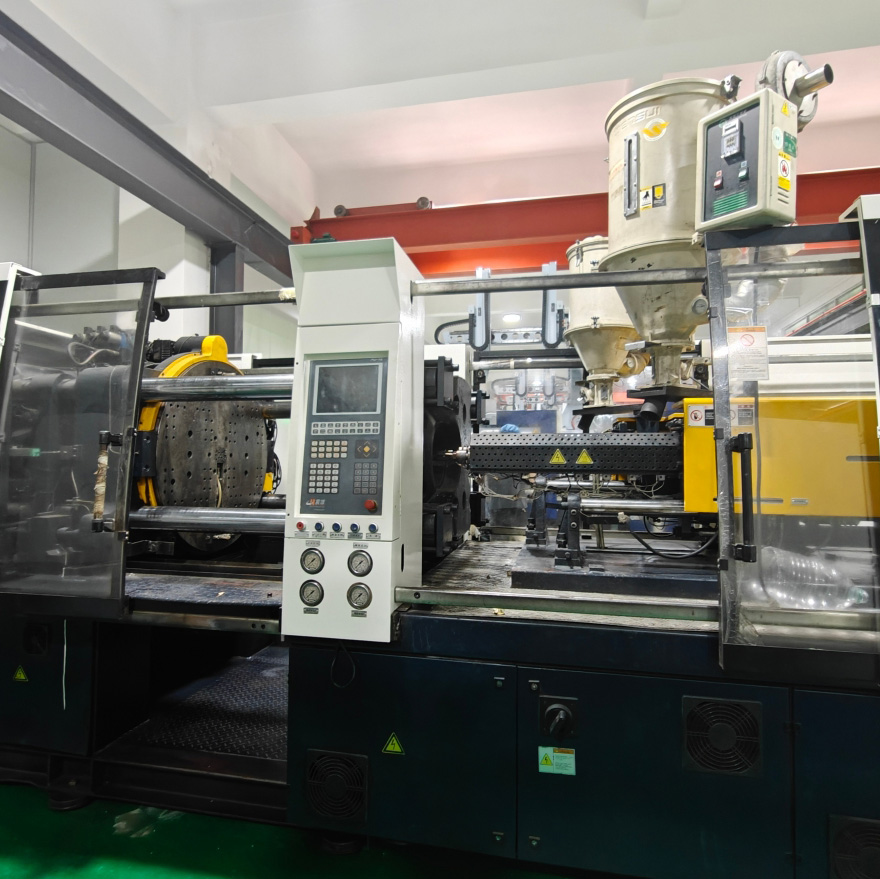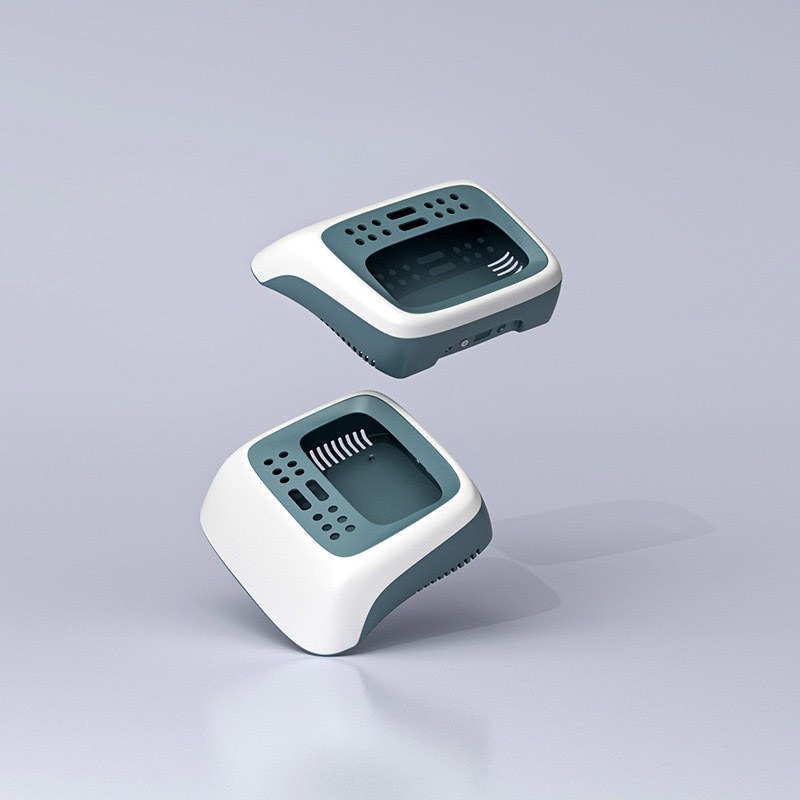I. Introduction and Industry Background
Injection molding, as a crucial plastic forming method, has a long history of development. However, with the increasing complexity of plastic product structures and the higher demands of the market for product quality, traditional plastic injection molding processes have gradually exposed issues such as raw material waste, high energy consumption, and low production efficiency. Against this backdrop, gas-assisted injection molding technology has emerged, and with its unique advantages, it has been rapidly promoted and applied within the industry. This article will conduct an in-depth exploration of the cost advantages of gas-assisted injection molding compared to traditional injection molding.
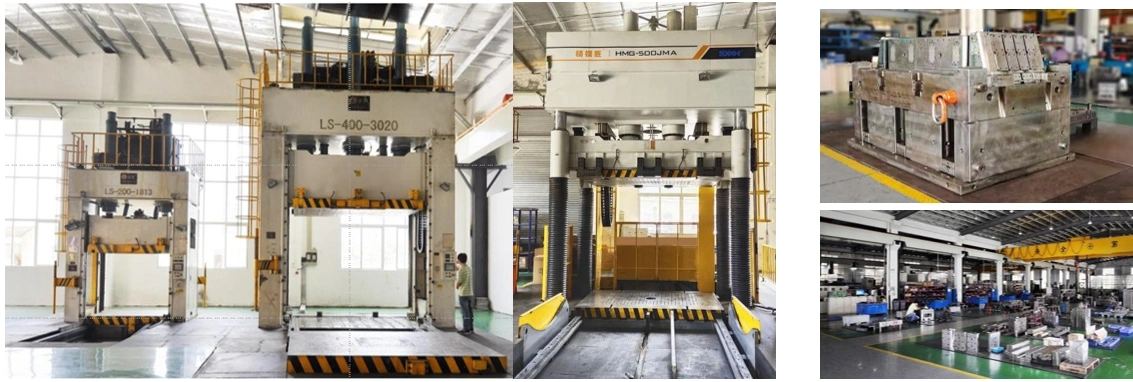
II. Comparison of Raw Material Costs
1. Raw Material Consumption in Traditional Injection Molding
Thin-Walled Products: In the production of thin-walled products through traditional injection molding, the high flow resistance of the melt in these areas often necessitates excessive filling to prevent flash and ensure complete molding. Taking small, thin-walled plastic boxes as an example, an additional 10% to 15% of raw materials may be required; if the product has complex structures, such as delicate patterns or undercuts, the extra raw material amount can reach 5% to 10%.
Thick-Walled Products: The internal cooling of thick-walled products is slow. In traditional injection molding, to prevent sink marks, high holding pressure and a long holding time are required. The raw material filling volume of large, thick-walled plastic buckets is 30% to 50% more than that of gas-assisted injection molding. Moreover, due to the inability to control the uniformity of the internal material distribution, an additional 15% to 25% of raw materials may be consumed.
Influencing Factors: Complex product structure designs (such as multi-chamber, multi-layer nesting, or dense ribs) and molding process parameters (such as excessive injection speed or high holding pressure) can all lead to increased raw material consumption.
2. The Principle of Raw Material Saving in Gas-Assisted Injection Molding
Gas-Pushing Melt: Gas-assisted injection molding first injects an appropriate amount of melt (approximately 60% – 90% of the mold cavity volume) and then injects high-pressure gas (5 – 32 MPa). The gas pushes the melt to fill the cavity evenly, effectively reducing the raw materials consumed by overfilling. For example, for a plastic chair, traditional injection molding requires 1.2 kg of raw materials, whereas gas-assisted injection molding only needs 0.7 kg, resulting in a savings of approximately 42%. For products with slender ribs, gas-assisted injection molding can save 30% – 50% of raw materials compared to traditional injection molding — typical in custom injection molded parts.
Forming Hollow Structures: In the production of thick-walled products, gas forms hollow parts inside the melt, significantly reducing the amount of raw materials used. For large plastic pipes, gas-assisted injection molding can reduce raw material usage by 40% to 60%. For plastic storage boxes and other products with closed cavities and low internal strength requirements, gas-assisted injection molding can save 35% to 55% of raw materials.
3. Comparison of Cost Data Examples
Comparison of Different Processes for the Same Product: Taking an automotive plastic bumper as an example, the raw material consumption in traditional injection molding is approximately 8 kg, whereas in gas-assisted injection molding, it drops to around 4.5 kg, resulting in a 44% savings. For a household plastic washing machine tub, traditional injection molding requires 10 kg of raw materials, whereas gas-assisted injection molding requires only 6 kilograms, resulting in a savings of approximately 40%.
Cost Accounting Comparison: Assuming the unit price of plastic raw materials is 15 yuan/kg. The raw material cost of an automotive bumper in traditional injection molding is 120 yuan, while in gas-assisted injection molding, it is 67.5 yuan, resulting in a savings of 52.5 yuan. The conventional injection molding cost of a washing machine tub is 150 yuan, while in gas-assisted injection molding, it is 90 yuan, resulting in a savings of 60 yuan.
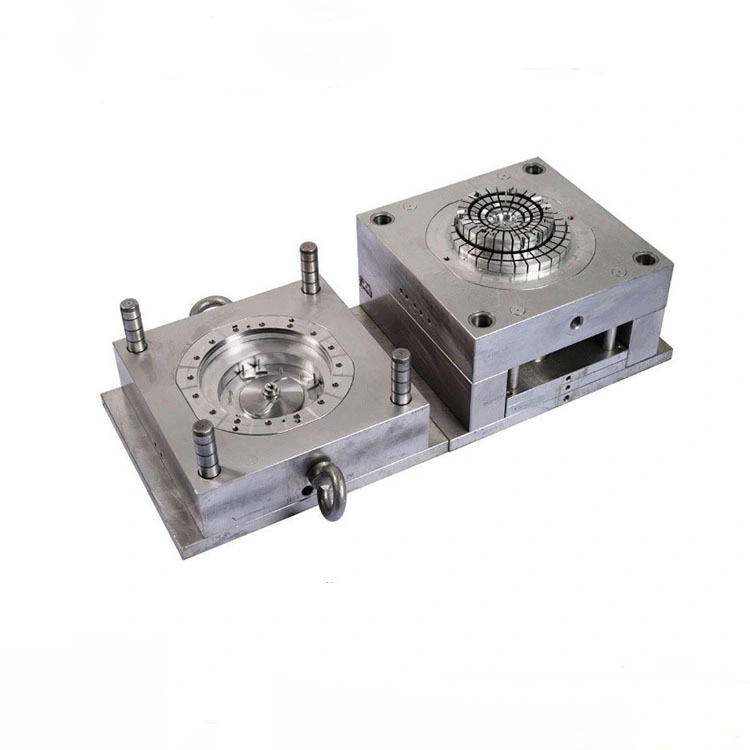
III. Comparison of Energy Costs
1. Energy Consumption Links in Traditional Injection Molding
Injection Stage: Traditional injection molding requires high pressure (80 – 150 MPa) during injection. For example, the peak injection power of a 500-ton clamping force injection molding machine can reach 100 – 150 kW, with each infusion lasting 5 – 10 seconds. Complex products may require multiple injections, increasing energy consumption.
Holding Stage: The holding pressure in traditional injection molding is 50 – 100 MPa, with a duration of 10 – 30 seconds or even longer. For large containers, the holding energy consumption accounts for 30% – 40% of the molding cycle, and due to the difficulty in precise regulation, energy waste is easily caused.
Cooling Stage: Traditional injection molding relies on cooling channels to cool the mold. The cooling water pump has a power of 5 – 10 kW and operates continuously. Thick-walled or large products require cooling for 30 – 60 seconds or even several minutes. For products with metal inserts, the cooling time is extended due to differences in heat conduction, resulting in increased energy consumption.
2. The Energy Saving Mechanism of Gas-Assisted Injection Molding
Shortening the Molding Cycle: In gas-assisted injection molding, the gas assists the melt in filling the mold quickly and evenly during injection. For significant components, the injection time can be shortened by 20% – 30%. During cooling, the hollow structures or gas channels accelerate heat dissipation. For example, the cooling time of plastic pipes can be reduced by 10% to 20%, resulting in a decrease in energy consumption.
Reducing Pressure Requirements: Gas-assisted injection molding utilizes gas to maintain pressure, with a pressure range of only 5-32 MPa. For example, the holding pressure of plastic furniture parts is only 50% – 70% of that in traditional injection molding, significantly reducing holding energy consumption and equipment wear and maintenance costs — valuable for production-scale plastic injection molding service.
3. Quantitative Comparison of Energy Costs
Comparison of Different Processes for the Same Product: For a plastic chair, the energy consumption per unit in traditional injection molding ranges from 2.5 to 3 kWh, while in gas-assisted injection molding, it is 1.5 to 2 kWh, resulting in a savings of 30% to 40%. For a plastic trash can, traditional injection molding requires 4-5 kWh of energy, while gas-assisted injection molding uses 2.5-3.5 kWh, resulting in a 25-35% savings.
Cost Accounting Comparison: Calculated based on the industrial electricity price of 1 yuan/kWh, the energy cost of a plastic chair in traditional injection molding is 2.5 – 3 yuan, while in gas-assisted injection molding, it is 1.5 – 2 yuan, resulting in a savings of 1 – 1.5 yuan. The traditional injection molding energy cost of a plastic trash can is 4-5 yuan, while in gas-assisted injection molding, it is 2.5-3.5 yuan, resulting in a savings of 1.5-2 yuan.
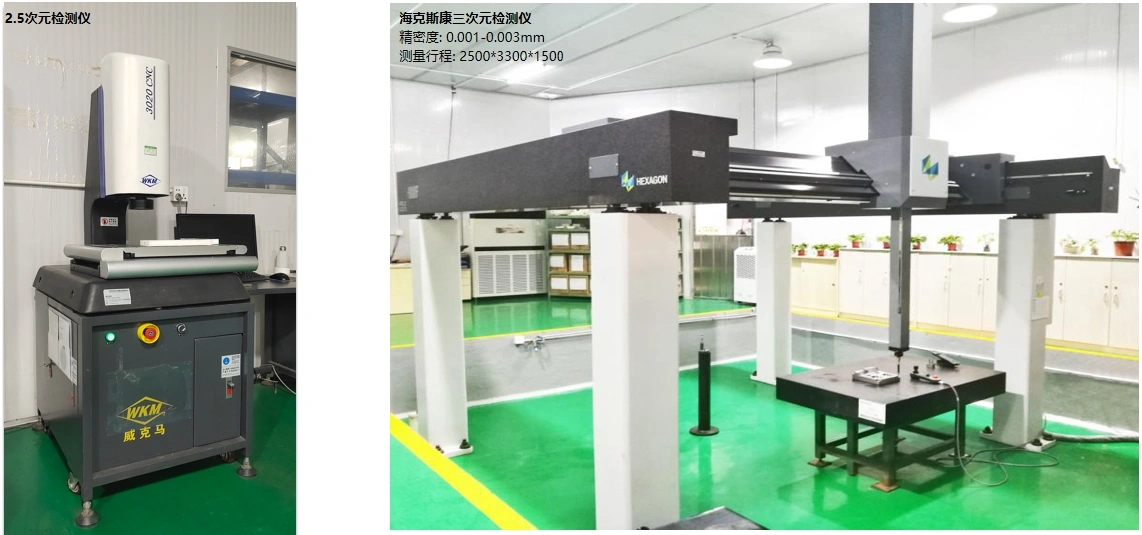
IV. The Relationship between Production Efficiency and Costs
1. Limitations of Production Efficiency in Traditional Injection Molding
Filling Speed Limitation: In traditional injection molding, the screw pushes the melt into the mold cavity. Affected by the viscosity of the plastic and the resistance of the mold runner and cavity, filling large, thin-walled products such as plastic panels is slow, and the production cycle may be extended by 20% to 30%. For products with complex structures, the speed of the melt decreases as it bypasses the internal structures, thereby increasing the overall filling time.
Cooling Time Constraint: The heat conduction of traditional injection molding molds is limited. Thick-walled products, such as mechanical housings, have long cooling times, accounting for 40% to 60% of the production cycle. For products with uneven wall thicknesses, the inability to precisely control cooling speed results in long cooling times for thick-walled parts, which in turn affects overall efficiency.
2. The Improvement of Production Efficiency by Gas-Assisted Injection Molding
Rapid Filling of the Mold: In gas-assisted injection molding, after injecting the melt, high-pressure gas is introduced to fill the mold rapidly. The gas pushes the melt to overcome resistance, and the filling speed of large thin-walled products is 30% – 50% higher than that of traditional injection molding. The gas promotes the even filling of the melt, and products with fine ribs can be filled more quickly.
Shortening the Injection Molding Cycle: The hollow structures or gas channels formed by gas-assisted injection molding improve heat conduction, reducing the cooling time of thick-walled products by 20% – 30%. The entire production process is more streamlined, reducing process adjustment time and shortening the overall cycle by 25% – 40%.
3. The Advantage of Cost Allocation
Fixed Cost Allocation: Gas-assisted injection molding increases production volume, reducing the allocation of fixed costs. For example, if the original daily output of traditional injection molding is 500 pieces with a fixed price of 5000 yuan, the unit allocation is 10 yuan. After the daily production of gas-assisted injection molding increases to 800 pieces, the unit allocation drops to 6.25 yuan, resulting in a savings of 3.75 yuan. The same applies to labor costs. The labor cost per unit for traditional injection molding is 60 yuan (2 hours at an hourly wage of 30 yuan). In contrast, in gas-assisted injection molding, it is 36 yuan (1.2 hours), resulting in a savings of 24 yuan.
Comprehensive Cost Reduction: Gas-assisted injection molding reduces the allocation of fixed and labor costs, significantly enhancing product competitiveness and enterprise benefits. Taking plastic toys as an example, the comprehensive cost of traditional injection molding is 8 yuan, whereas after gas-assisted injection molding, it drops to 5 yuan, representing a 37.5% reduction.
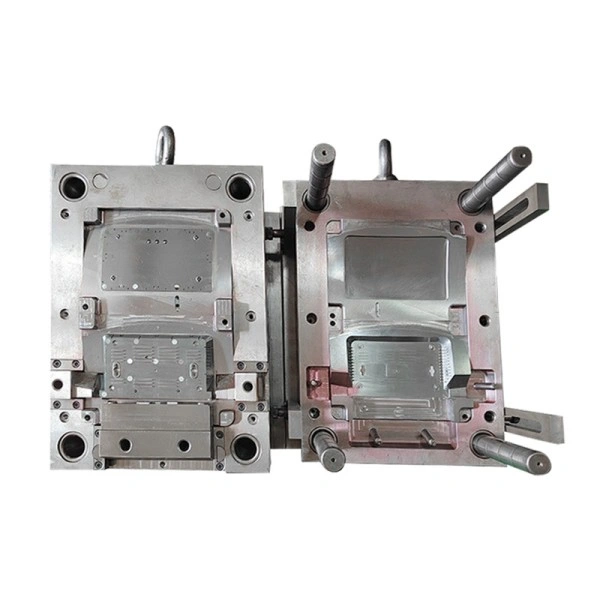
V. Specific Implementation Suggestions
1. Technology Introduction and Training: Enterprises should actively introduce gas-assisted injection molding technology and provide professional training to relevant personnel to ensure the practical application of the technology.
2. Mold Design and Optimization: In light of the characteristics of gas-assisted injection molding, the mold should be rationally designed and optimized to better adapt to the filling mode of the gas pushing the melt.
3. Equipment Upgrading and Maintenance: To ensure the stable operation of gas-assisted injection molding equipment, enterprises should upgrade existing equipment and strengthen daily maintenance work.
4. Process Monitoring and Management: Establish a sound production process monitoring and management mechanism to promptly identify and solve problems in the production process, improving production efficiency and product quality.
VI. Conclusion
In summary, gas-assisted injection molding has significant cost advantages over traditional injection molding processes. For scale-up and OEM/ODM collaboration, consider working with an experienced injection molding manufacturer and exploring custom injection molded parts solutions aligned to your cost targets.
